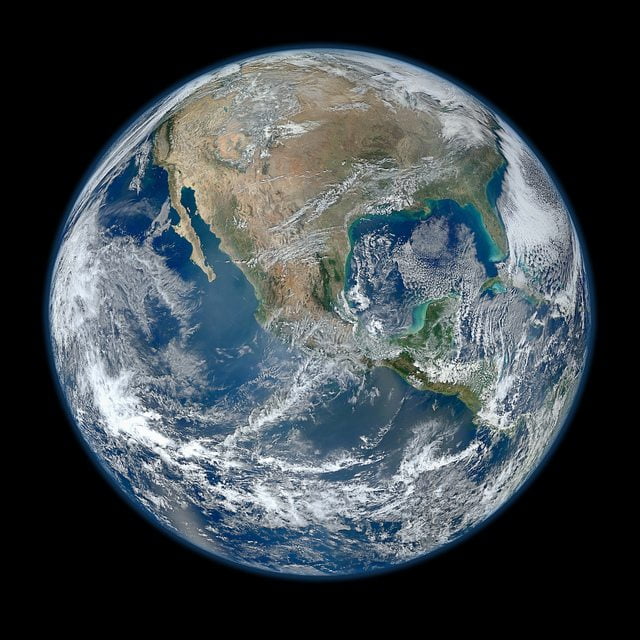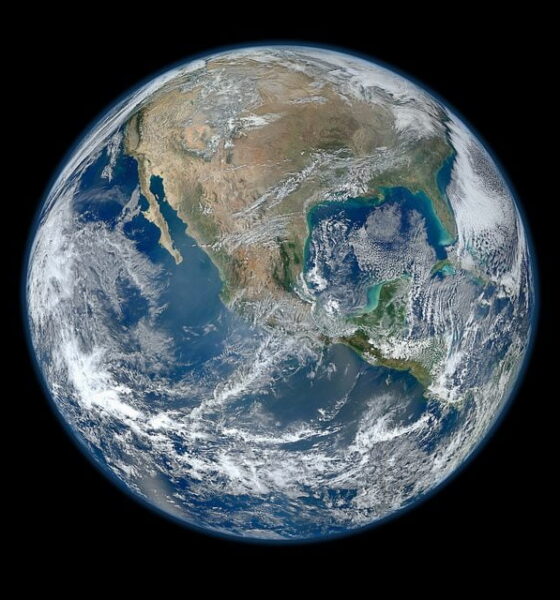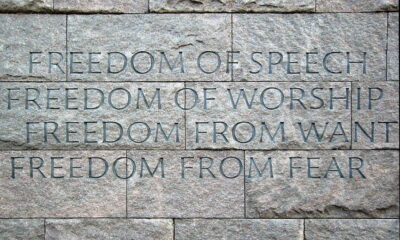

Features
Modern Magna Carta: The Earth Charter
In the lead up to the 800th Magna Carta Anniversary this year Ashley Summers takes a look at the original and a series of modern ‘versions’ of the Magna Carta from the US Constitution to the UN Declaration of Human Rights and various conventions on climate change and sustainability, Magna Carta for the Earth.
What started as an idea for an international, global charter in 1968 (from Maurice Strong and Mikhail Gorbachev), was finally and successfully shaped into The Earth Charter in 2000. The drafting process took six years (1994-2000) and culminated as an international declaration of basic principles and values that would support the shaping of a peaceful, just, and sustainable global society for the 21st Century.
The Charter, supported by organisations that represent millions of peoples around the world, contains sixteen main sections, or pillars, comprised of 61 supporting principles. The declaration’s preamble encapsulates the heartfelt sentiment and intentionality of the Charter, proclaiming a recognition of where we stand as a species on this planet, and where we aim to go.
“We stand at a critical moment in Earth’s history, a time when humanity must choose its future. As the world becomes increasingly interdependent and fragile, the future at once holds great peril and great promise. To move forward we must recognise that in the midst of a magnificent diversity of cultures and life forms we are one human family and one Earth community with a common destiny. We must join together to bring forth a sustainable global society founded on respect for nature, universal human rights, economic justice, and a culture of peace. Towards this end, it is imperative that we, the peoples of Earth, declare our responsibility to one another, to the greater community of life, and to future generations.”
The Preamble further outlines [the] Earth, Our Home, The Global Situation, The Challenges Ahead, and [the] Universal Responsibility. The vision of the charter is then broken down into four main headings thar contain the sixteen pillars:
1. Respect and Care for the Community of Life
1. Respect Earth and life in all its diversity.
2. Care for the community of life with understanding, compassion, and love.
3. Build democratic societies that are just, participatory, sustainable, and peaceful.
4. Secure Earth’s bounty and beauty for present and future generations.
2. Ecological Integrity
5. Protect and restore the integrity of Earth’s ecological systems, with special concern for biological diversity and the natural processes that sustain life.
6. Prevent harm as the best method of environmental protection and, when knowledge is limited, apply a precautionary approach.
7. Adopt patterns of production, consumption, and reproduction that safeguard Earth’s regenerative capacities, human rights, and community well-being.
8. Advance the study of ecological sustainability and promote the open exchange and wide application of the knowledge acquired.
3. Social and Economic Justice
9. Eradicate poverty as an ethical, social, and environmental imperative.
10. Ensure that economic activities and institutions at all levels promote human development in an equitable and sustainable manner.
11. Affirm gender equality and equity as prerequisites to sustainable development and ensure universal access to education, health care, and economic opportunity.
12. Uphold the right of all, without discrimination, to a natural and social environment supportive of human dignity, bodily health, and spiritual well-being, with special attention to the rights of indigenous peoples and minorities.
4. Democracy, Nonviolence, and Peace
13. Strengthen democratic institutions at all levels, and provide transparency and accountability in governance, inclusive participation in decision making, and access to justice.
14. Integrate into formal education and life-long learning the knowledge, values, and skills needed for a sustainable way of life.
15. Treat all living beings with respect and consideration.
16. Promote a culture of tolerance, nonviolence, and peace.
The declaration’s conclusion is entitled “The Way Forward” and parts with the reader offering insight on how to take the next step. “Let ours be a time remembered for the awakening of a new reverence for life, the firm resolve to achieve sustainability, the quickening of the struggle for justice and peace, and the joyful celebration of life.”
Photo: NASA Goddard Space Flight Center via Flickr
Further reading:


 Environment10 months ago
Environment10 months agoAre Polymer Banknotes: an Eco-Friendly Trend or a Groundswell?

 Environment11 months ago
Environment11 months agoEco-Friendly Home Improvements: Top 7 Upgrades for 2025

 Features9 months ago
Features9 months agoEco-Friendly Cryptocurrencies: Sustainable Investment Choices

 Features10 months ago
Features10 months agoEco-Friendly Crypto Traders Must Find the Right Exchange































